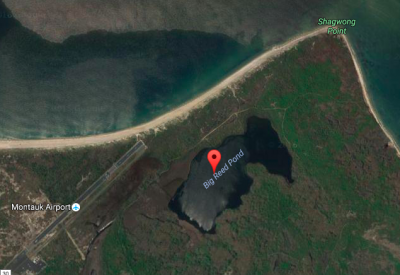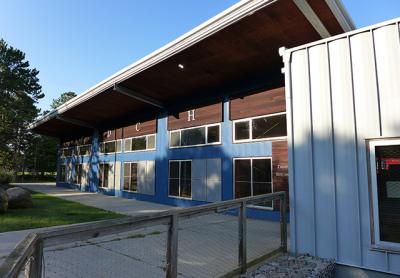Judge Upholds East Hampton Village's House-Size Limits
Judge Upholds East Hampton Village's House-Size Limits
A lawsuit challenging amendments to the East Hampton Village Zoning Code adopted in June of 2015 was dismissed on Sept. 2 by Acting State Supreme Court Justice Joseph Farneti, who called the amendments legal, constitutional, and valid.
The amendments, adopted over fierce opposition, set formulas for allowable floor area and lot coverage on residential parcels larger than one acre, basically reducing the maximum allowable. They also provide that cellars cannot extend beyond the exterior face of a building’s first-floor wall, and they added a definition of the word “story.”
Joseph Rose, a former chairman of the New York City Planning Commission and director of city planning in former New York City Mayor Rudolph Giuliani’s administration, and Rajesh Alva were among a small army of property owners and attorneys who opposed the amendments at a May 2015 public hearing. Reached by phone yesterday, Mr. Rose said, ”We’re disappointed by the lower court’s decision and intend to appeal it. We remain confident we will ultimately prevail because this was a fundamentally flawed process that failed to comply with state environmental laws and resulted in an indefensible zoning change that cannot stand,” he said. He and Mr. Alva, who also owns multiple properties in the village, had asked the court to invalidate the amendments and declare them unenforceable.
The village “is extremely happy with Judge Farneti’s decision,” Mayor Paul F. Rickenbach Jr. said in a statement yesterday. “The village always felt very strongly that the amendments were made legally and were in the best interest of maintaining the landscape of our beautiful area. We exercised our due diligence, presented it to the public, and made the changes we felt were necessary.”
Robert Hefner, the village’s director of historic services, had taken the lead on changes to the code, which were recommended by the village’s planning and zoning committee. In April 2015, he warned that the character of the village would be irrevocably harmed unless new formulas for the maximum size of houses, accessory structures, and lot coverage were adopted. Mr. Hefner warned of massive houses and multiple accessory buildings, swimming pools, and tennis courts that could be constructed on large lots under the formulas then used.
He also detailed the results of a survey of 173 properties in eight neighborhoods distinguished by lots of greater than one acre, including Hither Lane, Further Lane, Lily Pond Lane, Lee Avenue, Ocean Avenue, and Georgica Road through Apaquogue Road, as well as those bordering Hook Pond and within the Main Street historic district as having history and established character, but that had seen considerable development since the village adopted its comprehensive plan in 2002. A statement in that plan — that “new development and redevelopment should be compatible in terms of size and scale with each existing residential neighborhood and should reinforce their integrity as they have developed over 350 years” — was central.
The village had established the planning committee in 1985. It is chaired by Elbert Edwards, a trustee, and comprises the chairmen of the planning, zoning, and design review boards, the village administrator, attorney, chief building inspector, and planning consultant.
Citing the potential for a 62-percent increase in building mass in the surveyed neighborhoods, Mr. Hefner called the finding a wakeup call for the committee, whose members agreed “our present formulas will not protect the character of the village.”
The committee recommended — and the village adopted — graduated formulas for maximum coverage on lots greater than 40,000 square feet, where a single formula had been applied to all residential properties. The amendments also added separate formulas to calculate allowable floor area and lot coverage for parcels between 40,000 and 80,000 square feet and those greater than 80,000 square feet.
Mr. Rose and Mr. Alva were among residents who quickly complained of a rush to judgment and legislation based on what they said was flawed analysis, inadequate public notice and input, and no consideration of the laws’ impact.
In their legal complaint, they said the amendments “drastically limit the flexibility of owners of larger lots in building homes and accessory structures, based on little more than rank speculation” that new construction and reconstruction would result in structures, as well as tennis courts, patios, and swimming pools, that are out of proportion to their surroundings.
The board defended the amendments and won support from other residents and officials. Lys Marigold, vice chairwoman of the zoning board, who had previously warned the board of the consequences of the proliferation of larger houses, was among a group of residents who personally thanked the mayor moments after the amendments were adopted.




